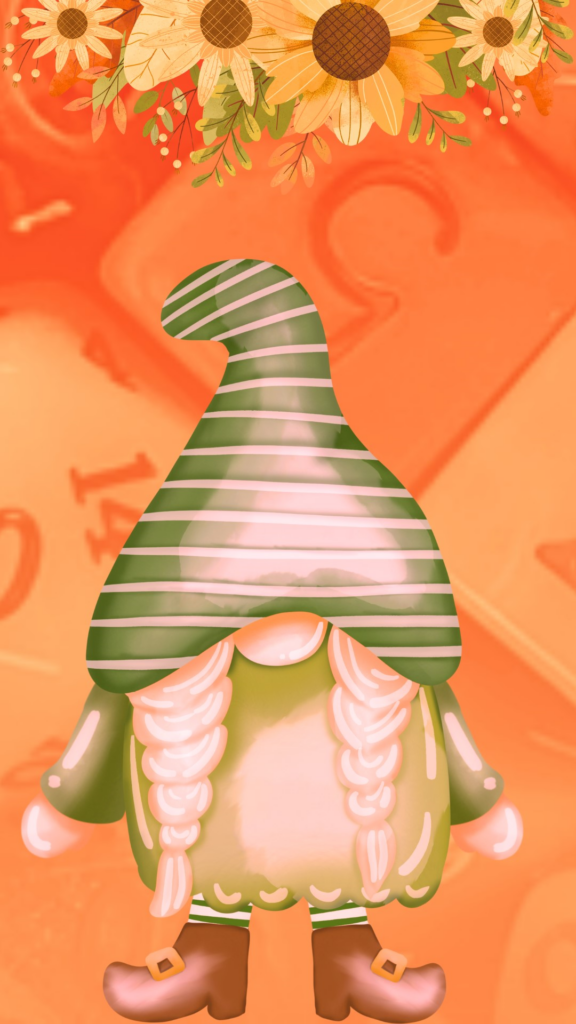Tips and tricks: Creating all-ages friendly TTRPG NPCs
Jump to:
Using source material for making all-ages friendly NPCs
One of the biggest suggestions that I make whenever someone asks how to plan a TTRPG that’s for kids, before I get into mechanics or structuring, I recommend to base your setting off of some kind of source material that your kid already enjoys.
This could be books, TV shows, particular interests, toys, video games, movies, etc. You might be running a TTRPG that’s set in a magical school or a video game world or back in the time of dinosaurs instead of a medieval fantasy… and that’s OK as long as your kid is interested and you are able to make the shift yourself!
The same idea works really well for making characters.

In a typical TTRPG session with my grown up friends, I have NPCs who are warriors, wizards, rogues, royalty, gods, and goblins, and this works really well for them. With my kid though, he’s more into superheroes, talking dogs, and “fun Halloween” stuff than anything else, so I make sure to base my NPCs off of his interests.
Sometimes, I will create new characters, like a superhero who has shield powers and can fly by surfing on force fields or a skeleton named Steve who’s dressed up to go to a fancy party and wants to find his invitation. Other times, I might just yoink Spiderman or Bluey directly into the game, if they fit, and see how my kid reacts.
The important thing here is to understand that your players might have a different vibe and then get some help from clues, like the other media that they consume, to give you a head start on finding something memorable that fits them. That will go SUCH a long way in making an NPC that works for younger players without requiring a ton of extra or different effort compared to any existing games you play or stories that you make with them!
Pre-planned NPC elements to spec out
To make your all-ages friendly NPCs feel real and engaging and to give them enough story to build quests and encounters from, there’s a short list of elements that you can specify for your character outline:
- Name/pronouns
- General demeanor
- 1-2 goals
- 1-2 background details
- (optional) 1 piece of info about the world they can share
- Appearance and voice
This can fit on a small notecard or along with 3-5 other NPC descriptions on a standard sheet of paper, which is great to have as a quick reference when you’re also tracking some additional chaos from young player shenanigans or helping your players with game rules more than normal.
It’s easy to throw together and fits whether you’re making original characters or basing them off existing characters.
These prompts fill the character out enough that you can make them unique from other NPCs in the game AND give you enough material to answer questions or hold a short conversation.
For a couple examples of this filled out:

NPC #1
- Name: Marion Terraria (she/they)
- Demeanor: bright and peppy
- Goal(s): find a new type of plant, protect the greenhouse
- Detail(s): grew up in Lower Greenstown and has never left the city limits
- Info to share: there is a magical healing plant in the greenhouse
- Appearance/voice: short with strawberry blonde hair tied in braids, has a sweet but squeaky voice
NPC #2
- Name/pronouns: Jack Skellington (he/him)
- Demeanor: downtrodden but curious
- Goal(s): find something new and interesting
- Detail(s): is the king of Halloween!
- Info to share: knows where the holiday portals are
- Appearance/voice: a lanky skeleton wearing a slim striped suit with a mid ranged voice that can go very deep on occasion
One of these characters is an OC, and the other is from general media – both took about 2 minutes to fill out, and I have PLENTY of information to answer my kid’s questions, set him on plot hooks, and be consistent with each character if he comes back to talk to them later.
Improv and handing NPC creation over to your players
Inevitably though, no matter how much you plan, there’s a very good chance that you’ll run into a situation that requires improvising a character, and you might not have time to fill out a question card on the fly.
In these cases, you can make something up on the spot by thinking of a name, a couple bits of info, and then remember them for later or write it down when you get some time… OR… you can let your players help you out.
With the exception of some core plot NPCs, I personally prefer making most of my character via improv and filling out my notecards during the game while having a conversation with my kid about it for a number of reasons.
It shows them the process for making a character so they can make one themselves later if they ever lead a game. It allows them to get creative and have a hand in designing the world so they can participate in the story more AND are invested in that particular character that they helped make. Players will remember that character more and be able to recall information later so there’s less pressure on the game leader. It is also A LOT of fun to see what wild ideas your players come up with.
To show what the whole process might look like with a really young player:
Narrator (coming in with plot hooks focused on a bakery and lost toys at the dog park): You enter the city of New Bork, a magnificent accomplishment of dogkind with dog treat bakeries and running parks on every street! What does your character, Fido, do?
Player: I WANT TO GO SWIMMING!
Narrator: You go to one of the parks and find a swimming pool! There’s a whole bunch of other dogs swimming and playing in the pool.
Player: I want to find a friend and play marco polo!
Narrator: OK, so you wave to another dog who has long white hair, and they wave back! Do you think they would be a good friend? What’s their name?
Player: YES! I ask if he wants to play. His name is Bill.
Narrator: Great! Now, what is he feeling right now?
Player: Oh, he’s happy!
Narrator: Of course! He’s at the pool! And why is he here?
Player: It’s his birthday!
Narrator: Sounds like a fun birthday party idea! What does he want to do today?
Player: Eat cake and open presents!
Narrator (thinking the cake is a GREAT hook to tie into the bakery plothook that was actually planned): Perfect! You start swimming and are playing marco polo, now let’s start rolling to see how the game goes…
In this example, the story leader didn’t have a pool situation planned or an NPC ready to go for that but was able to get the player to create one for them by asking some of the questions from that core list, creating a character that looks like this:

- Name/pronouns: (from player) Bill (he/him)
- Demeanor: (from player) happy!
- Goal(s): (from player) eat cake, open presents
- Detail(s): (from player) it is his birthday!
- Info to share: (from story leader) knows the baker
- Appearance/voice: (from story leader) white with long hair, kid’s voice
That’s a full NPC! Asking questions stalled for time and popped up some ideas for incorporating into the plan without saying no about the pool idea, and it allowed your player to go through a character creation process.
You can be more direct about it too. Instead of asking veiled questions, you could also directly fill the card out with your players, like this:
Narrator (coming in with plot hooks focused on a bakery and lost toys at the dog park): You enter the city of New Bork, a magnificent accomplishment of dogkind with dog bakeries and running parks on every street! What does your characters, Fido and Daisy, want to do?
Player #1: Let’s go swimming!
Player #2: Yeah! My dog should be really good at swimming with her stats.
Narrator: You go to one of the parks and find a swimming pool! There’s a whole bunch of other dogs swimming and playing in the pool. You join in!
Player #1: We should make some friends that we can ask for info about the city later – is there anyone interesting here?
Narrator: (pulls out a blank NPC card) Sure, let’s make a character! Let’s fill it out together, except I’ll do their “secret info” part behind the screen.
In this example, one of the players is a little older and can get some great practice filling in a random character or two to help populate the world. Character creation becomes part of the game itself instead of something that you always have to prepare ahead of time, and it gives that player some wonderful experience with character and world creation at the same time!
Thank you for reading, and I hope these ideas help you to make some fun and interesting NPCs with and for your players! Please let me know in the comments your thoughts and ideas – I would love to hear them, and it could help give inspiration to other readers too!
If you liked this post, make sure to subscribe to the TTRPGkids monthly newsletter to stay up to date on the latest reviews, tips and tricks, game and podcast list updates, and more! Thank you for playing tabletop RPGs with your kids and sharing this awesome hobby with the next generation!


